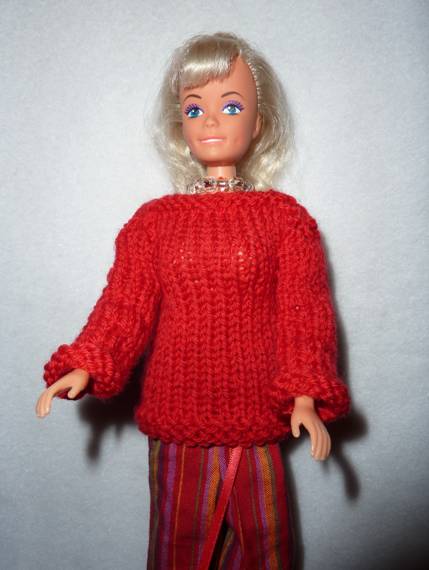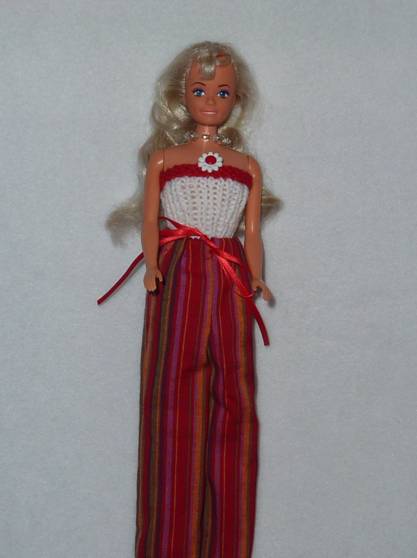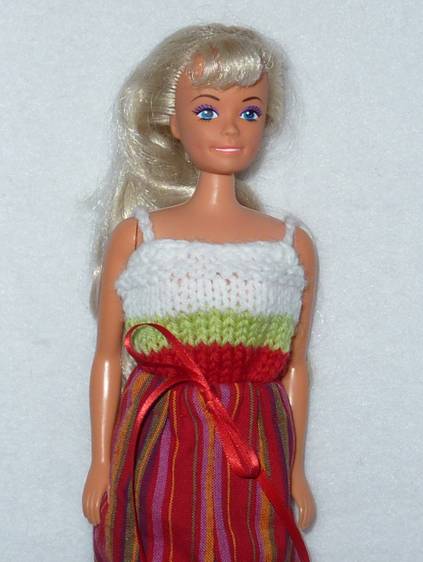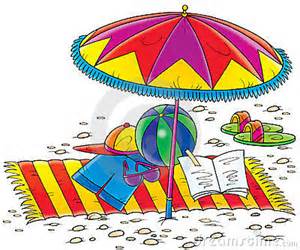
Salty Sam’s Fun Blog for Children
Number 178
Geoffrey Chaucer’s Canterbury Tales
Hello Everyone

Have you ever heard of Geoffrey Chaucer?
He is probably our most famous writer from about 600 years ago and his most famous work was a poem called ‘The Canterbury Tales ’ (most of it is written in verse.)
He was born somewhere between 1340 and 1345 and we believe he was a Londoner. His father was a rich wine merchant (buyer and seller).
He married a lady-in-waiting to the queen and had three or four children.
He was a servant to the wife of one of Edward lll’s sons and then a government official. He travelled through Europe during the Hundred Years’ War with the English army, and then as a messenger for the king. He later became a customs officer, then a Member of Parliament for Kent and a Justice of the Peace (which is a kind of judge).
He held various official positions under Edward lll and Richard ll and Henry lV.
Although he had very important jobs, he is most remembered for his writing and he was famous in his own time (the time he lived) for being an author and astronomer. He was buried in Westminster Abbey.
Chaucer wrote in the language of his time; it is now called Middle English. lf you think Shakespeare is hard to understand, this is even more difficult. Shakespeare used Modern English; you would probably need a translated version to understand Chaucer’s writing. ln fact, you could choose to read a children’s version of selected tales because the original poem is extreeeeeeeeeeeeeemely long.
So what is the poem called the Canterbury Tales about?
Well, in Mediaeval England it was quite usual for people to go on pilgrimages. A pilgrimage was a long journey to visit a holy place. These holy places were supposed to have miraculous powers of healing and regeneration.
The ultimate (best) place to go was Jerusalem, but Canterbury was very popular and of course, much nearer.
For centuries, pilgrimages were the greatest adventures most people went on. ln the 1300s there were many sites that they visited, like Durham, Lincoln and York, but the top destination was Canterbury and up to one in ten of the population went there.
They went to visit the shrine (tomb) of St Thomas Becket. He had been an archbishop who was murdered by knights of Henry ll.
The last part of the journey was done on their knees and you can still see today how the stone steps in the cathedral were worn down by all the visitors that flocked there.
The shrine is no longer there though, because it was destroyed at Henry Vlll’s command in 1538.
The Canterbury Tales is a series of tales told individually by a group of pilgrims who have a story-telling contest to make their journey more interesting as they travel from the Tabard lnn in Southwark, just south of the River Thames in London, to the shrine (holy place dedicated to someone) of Saint Thomas Becket in Canterbury, Kent.
The stories that the pilgrims tell and the overall story of their journey give us an insight into what mediaeval life was like. Some of the jobs that some of the characters had do not exist today; but the character of people hasn’t changed.
They are noble, shy, greedy, loud and so on…
lf you want to read their tales, you can borrow a children’s version book from your local library. Bill and Bob love them. And if you ever go to Canterbury, there is an attraction dedicated to the story where you can get a feel for how it was to live in those days.
Bye bye everyone – don’t forget to subscribe to my blog!
lf you like my blog, please support it by telling all your friends and followers about it.
Thank you!
And see you again next Fun Friday!
Love and kisses
Salty Sam

www.christina-sinclair.com


Bill and Bob’s Joke of the Week![]()
![]()
Bill: Have you read ‘The Long Walk to School’ by Mr. Bus?
Bob: No, but l have read ‘Road Safety for Pedestrians’ by Luke Bothways.

Salty Sam © Christina Sinclair 2015
Unauthorized use and/or duplication of material from this blog without express and written permission from this blog’s author and owner is strictly prohibited.
Links may be used to www.christina-sinclair.com

Picture Gallery

A picture of Chaucer as a pilgrim on a manuscript

A picture from the William Caxton edition of the Canterbury Tales 1484

You can visit a Canterbury Tales experience in Canterbury

Canterbury Cathedral rises above the surrounding landscape

Southwark as it is today


 THE SALTY SAM NEWS DESK
THE SALTY SAM NEWS DESK

In next week’s blog post I am going to tell you one of Chaucer’s tales. I have rewritten it so that children can understand it. It is one of my favourite Chaucer stories.

I don’t think that he would mind rewriting it for you; in fact I think he would be really pleased that people were still enjoying his work hundreds of years after his death.

As for the story, you will have to wait for next week to see what it is, but for now I thought you might like to hear some interesting facts about children’s writers of the past.
Bill and Bob have many favourite writers, I expect you do too. Maybe you can see some of them in the list below.

Alice’s Adventures in Wonderland was written by Lewis Carroll whose real name was Charles Dodgson. He was an Anglican deacon (an official in the church) and Alice was widely thought to be the daughter of some friends of his; although he said not.
There is still a shop in Oxford called ‘Alice’s Shop’ which is the actual shop that featured in the original book of Through the Looking Glass as Alice’s local sweet shop. You can go shopping there if you are ever in Oxford.

Rudyard Kipling who wrote The Jungle Book was born in Bombay in India and although he was educated in England from the ages of five to sixteen, returned to India and lived there for some of his adult life.
The English house he eventually settled in, Bateman’s, is now open to the public.

Beatrix Potter was a natural scientist and illustrator of insects, fossils and fungi before she started illustrating her own children’s stories. She loved drawing animals as a child and as she had plenty of pets, had lots of opportunity.
She spent her summer holidays in Scotland and the Lake District where she developed a love for the natural world.
As an adult she went to live in the Lake District and bought many local farms in order to preserve the natural landscape with the proceeds (money she earned) from her books. Her land was donated to the National Trust after she died.

A.A. Milne wrote Winnie the Pooh for his son Christopher Robin when he was a little boy. His teddy was originally called Edward and renamed after a Canadian military mascot from the First World War. It was a black bear that eventually went to live in London Zoo.
Piglet, Eeyore, Tigger, Kanga and Roo were also real toys and are now living in New York with Winnie the Pooh.
The Hundred Acre Wood was based on the Ashdown Forest in East Sussex. The wooden Pooh Bridge where Pooh and Piglet invented Poohsticks had to be rebuilt a few years ago to make it safe for all the tourists who like to play Poohsticks on it.


*********************
TO ADVERTISE ON THIS BLOG
PLEASE CONTACT:
christina.sinclair.ads@aol.co.uk
*********************


Hobby Time
HOW TO PLAY ANlMAL, VEGETABLE AND MlNERAL
lf you like playing games but hate boring journeys, this game is an easy one to play. Everyone in the car can play this one!
Someone thinks of an object and every one else has to guess what it is.
They tell you if it is made from a substance that was animal, vegetable or mineral in origin (or a combination of them) and everyone else can ask twenty questions to guess what the object is.
The person who knows what the object is can only answer questions with a ‘yes’ or ‘no’ and twenty questions are easily used up so the questions have to be well-thought-out.
Whoever guesses the object correctly gets a point, and if they don’t, the person answering the questions gets a point.


BLOW MY FOGHORN!!!

PLUS
Salty Sam fans can join in with their comments and share them with children all over the world. You will need to ask permission if you are not an adult.
Enter your e-mail address to subscribe to my blog and receive new Salty Sam Blog Posts for free by e-mail every week. Your address will be kept private and will not be shared with any third party.
Sign me up at the side bar




lt’s the Weekend!

HOW TO MAKE A WEEKEND AWAY WARDROBE
FOR YOUR TWELVE lNCH DOLL
This is an easy pattern to make an enormous weekend away bag for your twelve inch doll – and a new outfit to go with it!
*Over-sew all seams to reduce bulk.
ENORMOUS KIT BAG (KNIT ONE)
Using 4mm knitting needles and red dk yarn cast on 28 stitches
Knit 40 rows of stocking stitch
Purl 1 row
Purl 1 row
Knit 1 row
Knit 1 row
Knit 4 rows of garter stitch
Cast off
TO MAKE UP
Sew up the side seam.
Crochet 50 chains in a length of red dk yarn and thread through the channel at the top of the bag.
Take the ends down to the bottom of the side seam and thread through to the inside of the bag in slightly different places then tie them together to secure into place.
Put a sauce bottle top or a circular piece of card or foam in the bottom of the bag to keep its shape (5½cm/2⅛ inches in diameter).


RED SWEATER BACK AND FRONT (KNIT TWO)
Using 3¼mm knitting needles and red 4ply yarn cast on 20 stitches
Knit 1 row
Knit 1 row
Knit 1 row
Knit 1 row
Knit 30 rows of stocking stitch
Purl 1 row
Knit 1 row
Cast off
RED SWEATER SLEEVES (KNIT TWO)
Using 3¼mm knitting needles and red 4ply yarn cast on 16 stitches
Purl 1 row
Knit 1 row
Knit 24 rows of stocking stitch starting with a knit row
Cast off loosely
TO MAKE UP
Sew up shoulders 1cm/1/3 inch up from the arm end.
Attach the tops of the sleeves to the body.
Sew under arm seams and side seams.


WIDE PANTS
- Cut a rectangle of paper 10cm/4 inches wide and 8cm/3 inches high.
- Place it above a rectangle 14cm/5½ inches wide and 17cm/6¾ inches high.
- Match centre lines and tape together.
- Cut two pieces of fabric using this paper pattern.
- This pattern includes 1cm seam allowances.
- At the front, sew from 3cm/1 inch down from the waistband to the crotch and then all the way up the other side to the top of the centre back.
- Sew the inside leg seams and the bottom hems.
- Fold back the front centre seam.
- Turn over the top and hem leaving a gap at the front to thread through 50cm/20 inches of narrow ribbon.

These clothes will mix and match with clothes from previous blog posts.


Please note that the material on this blog is for personal use and for use in classrooms only.
It is a copyright infringement and, therefore, illegal under international law to sell items made with these patterns.
Use of the toys and projects is at your own risk.
©Christina Sinclair Designs 2015





This blog is useful when you are learning English.
l am glad that you think so. Thank you for your message.